The Ultimate Guide to Sustainable and Ethical Jewelry
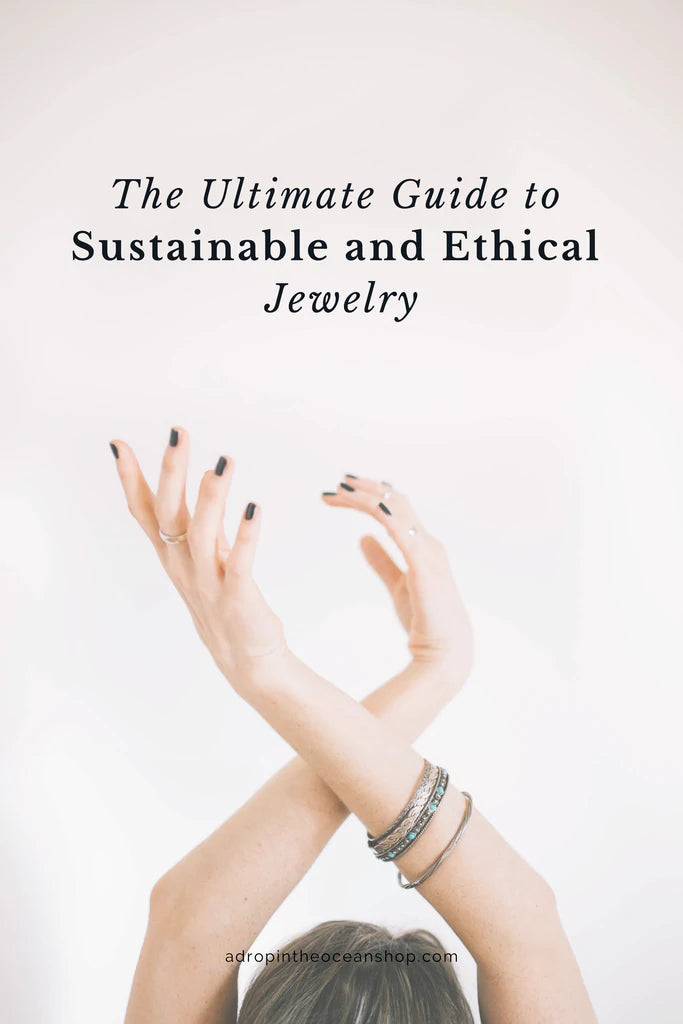
This post first appeared in our weekly Make Waves Mondays email series on February 1, 2021.
Hey there, EcoWarriors! We’re already into the second month of 2021 and for me that means 🌸 spring 🌷 is 🌺 comingggggggg! I know we’ve still got nearly two months before that but there is hope in the air!
But before we get to spring, we’ve got another holiday coming up in a couple weeks, and if you’re planning to gift some jewelry this Valentine’s Day, today’s post is just for you.
Sustainable + Ethical Jewelry
What is it? Why does it matter? What are our options?
Apparently there’s a lot happening in the jewelry space. I knew NONE of this before digging into the research and HOLY MOLY, friend.
Buckle up, kids, we’re going on a ride.
I had nooooo idea the rabbit hole I was about to fall into with this. But I feel so much better now, knowing the problems with traditional jewelry options and how I can make better choices in the future. I hope that you find the same today.
So...what’s the problem?
Gold
Friend, lemme tell you, there are wayyyy more issues with gold than I ever realized. Did you know that for every 18 karat gold ring, there are 20 tons of toxic waste, including cyanide, arsenic, and lead, produced and dumped into natural water bodies (2,3,4)? Each year, that means that about 180 million tons of toxic waste is dumped into waterways (2,4).
On top of that, during the mining process, iron sulfides in underground rocks are often exposed to air and water, causing them to react with oxygen and create sulfuric acid - aka acidic water 20-300 times more concentrated than acid rain. This process is nearly impossible to stop once it’s started (2).
And apparently the process of mining involves using mercury, which impacts both the planet and the miners. For every 1 gram of gold produced, there are about 2 grams of mercury released into the environment, accounting for about 35% of the entire world’s manmade mercury pollution (2). 🤯
All of this is happening in some of the most diverse regions of the world. “Nearly three-quarters of active mines and exploration sites overlap with regions defined as high conservation value” (5).
Then there’s the people aspect of it all.
In many countries, native communities are not recognized as the legal owners of their lands, so they’re forced to relocate and/or lose their livelihoods when mining rights are granted (6).
And while only 1% of the world’s labor force works in mines, mining accounts for 5% of all on-the-job fatalities. Even afterwards, miners are more likely to develop tuberculosis, bronchitis, and lung cancer (7).
I know I shouldn’t be shocked, but how messed up is it that something that is deemed so valuable is so harmful?
Silver
Finding info on the impacts of silver is actually way more difficult than gold, because it’s typically a byproduct of mining for other metals, such as gold, which also means that any attention it gets is rolled in with campaigns in the gold and diamond industries (12).
Plus, because of its conductivity and other applications in things like technology, only about 25% of silver is used for jewelry and silverware (compared to about 80% of gold). So this makes it even harder to develop consumer campaigns around it, because it’s a smaller piece of the puzzle (12).
Legit, that’s all I could really find on silver. It’s a problem for all the reasons gold is, but it gets less attention.
Diamonds
By now, we’re likely at least somewhat familiar with Blood Diamonds and their negative effects on communities - including civil wars, violence, and worker exploitation, so I won’t dig much into that aspect (9).
In summary: it’s a problem.
The one positive that diamonds have going for them in comparison to metals is that it doesn’t require toxic chemicals to mine them (8). But it does cause immense soil erosion, which leads to deforestation and necessary relocation of local communities, as well as rerouting rivers and building dams, causing harm and loss of fish and wildlife populations (8).
In Sierra Leone, mining resulted in thousands of abandoned mine pits, vanishing wildlife, eroded topsoil, and desolate landscapes that had once been suitable for farming. And when those pits fill with water, the mosquito populations explode, leading to greater spread of malaria in the region (8).
What was also interesting to me, which may be common knowledge and I just had no idea (like literally everything else in this post 😬), was that Russia is by far the largest diamond producer in the world right now. According to one article, 40% of the diamonds sold in the US are mined by a company that is owned by the Russian government, which means $2.3 billion in profit for the Russian government (10). While I couldn’t find any other sources to back up those exact numbers, every other article I found did agree that Russia is the largest producer of diamonds and the mining company is owned by the government.

Image credit Alex Chambers via Unsplash
So...what’s the solution?
The good news here is that metals are basically forever recyclable without losing their quality. Just melt ‘em down and reshape them. So, finding pieces made with 100% recycled metal is one of the best ways to support ethical and sustainable jewelry.
It’s also the best way to support recycling efforts. If we’re not buying recycled materials, are we really supporting recycling? Recycling is a business, and therefore requires demand.
Along those same veins, make sure you are responsibly recycling your metals - including your technology.
Did you know that about $60 million worth of gold is disposed in used tech every year (1)? Yeah, there’s a lot of metals in our technology.
In our cell phones, there’s an ore called Coltan that is mined in the Democratic Republic of Congo - another incredibly biodiverse region of the world, home to gorillas, bonobos, leopards, okapi, and so many other species that are at risk from Coltan mining. Only 1% of cell phones are recycled annually, and when the average person gets a new phone every 18 months, that adds up (13).
So, recycle your tech.
Anywho….back to jewelry.
When it comes to gemstones, lab-grown diamonds do seem to be making appearances in the jewelry scene, which are identical to mined diamonds, but are grown without any of the human rights or environmental issues.
One company in California is actually growing their diamonds with a zero-carbon-footprint, which is pretty darn cool IMO (11).
How do I know if a jewelry company is actually sustainable and ethical and not greenwashing me?
The best advice I can ever give for spotting greenwashing is to look for pages specifically dedicated to “Our Process,” “Our Sourcing,” “Our Materials,” “Our Standards,” and other similar phrases.
If a company is really doing all they can for people and the planet, they will want to shout that shit from the rooftops. They’ll want to show you allllll of the cool things they’re doing and the impact they’re having on the world around them.
If a company just says “we’re eco-friendly,” or “we’re green,” or any of those buzzwords that you hear e v e r y w h e r e without any substance or further information...they’re probably greenwashing you. This is true for all brands, not just jewelry.
Unfortunately, we can’t take a company at face-value when they say they’re sustainable or ethical. It’s their job to prove it to us. And if they don’t...thank you, next.
5 Sustainable + Ethical Jewelry Brands
If you’ve been around here long enough, you know by now I’m not just gonna leave you with a ton of info and ghost you. I want you to always have the tools and resources at your disposal to live your best sustainable and ethical life. So I’ve done the research for you and I’ve found five sustainable and ethical jewelry brands that I would personally support without question.
Happy Fox Studio
Based out of and produced in Tacoma, WA

Image credit Happy Fox Studio
Happy Fox Studio has some of the ca-utest minimalist jewelry I’ve seen, and right here in Tacoma. Allison is one of the most engaged community members I’ve met in this city, always giving back and doing whatever she can to make this city better for all.
Her jewelry is handmade using vintage, upcycled, and secondhand materials whenever possible - about 75% of her earring beads and 90% of her necklace materials fall into these categories.
Her sterling silver options are her most sustainable options, as they’re 100% recycled and made here in the US.
Allison donates at least 10% of net proceeds to local and national charities, too.
Bayou With Love
Based out of and produced in California

Image credit Bayou With Love
The other day I read an article all about the Twilight stars and what they’re doing now.
Apparently, Nikki Reed (aka Rosalie Cullen, aka the best Cullen), has launched her own sustainable and ethical jewelry line! Her whole Instagram feed is filled with sustainable living and it makes my heart so, so happy. So, friend, if you also happen to be a forever Twilight fan, Bayou With Love is for you.
All of the gold used in Bayou With Love’s pieces is 100% recycled through a partnership with Dell to recover the gold being tossed from used technology.
Their diamonds are grown in California by the company mentioned above with a zero-carbon-footprint, and their sapphires are sourced from a family-owned mine in Australia that prioritizes topsoil restoration, uses no chemicals, and can tell you exactly whose hands have touched every stone from mining to cutting.
Most of their pieces I would consider investment pieces, but they are absolutely stunning, and they do offer payment plans through their website.
Luna & Rose
Based out of Australia and produced in Bali

Image credit Luna & Rose
Okay, I’m a bit in love with this brand. Their pieces are simple, with a beach and travel flair, in both gold and silver.
All of their jewelry is in a completely closed-loop (aka zero waste) system. All of their silver (I believe with the exception of their chains) is made from 100% recycled sterling silver, and old stock, faulty items, and returned pieces that can’t be sold are melted down and recycled into new collections.
There isn’t as much info on their website for their gold pieces, but their Solid Gold collection does say it’s recycled.
They are also a member of 1% for the Planet, meaning that 1% of their sales are donated to nonprofit organizations. That page doesn’t seem to be loading for me to get more info on who they’re donating to, but I’m a big fan of the 1% for the Planet certification.
They’ve even got t-shirts that give back to the organization Take 3 for the Sea, a consumer awareness campaign encouraging people to pick up three pieces of trash whenever they’re out to prevent them from ending up in waterways. Yup. I’m a fan.
Aurate
Based out of and produced in New York City

Image credit Aurate
Aurate checks all of the boxes. Their timeless designs are intended to last generations and be passed down, using only “materials that keep their consciences as clear as their diamonds.”
Their gold is 100% recycled, every diamond and every gem is traced from mine to finish, their pearls are sustainably-farmed on family-run farms giving back to their local communities and ensuring the wellbeing and biodiversity of the marine environment, and they ensure that all of their mines have acceptable working conditions, offer fair pay, and respect local indigenous communities.
When I said above that a company that’s doing things right will want to brag about it all day, Aurate is a prime example. I don’t think I’ve ever seen a more in-depth About page.
I love their minimalist style, and their deep commitment to doing business right.
SOKO
Based out of and produced in Kenya

Image credit SOKO
SOKO doesn’t quite fall into the same category as the rest of the brands above, but I couldn’t help but fall in love with them while digging through their website.
SOKO is a certified B-Corporation, meaning they’re really using their business as a force for social and environmental good. Based out of Kenya, they’re using technology to connect local artisans to the global market.
According to their website, “The artisan craft sector is the second-largest employer in the developing world, yet it is also one of the most marginalized. Limited to local sales, millions of talented artisans are trapped in micro-economies, unable to earn enough to support their families.” Artisans working with SOKO earn nearly five times more than an average artisan workshop.
Most of SOKO’s jewelry is made with brass, which is highly recycled. Nearly 90% of the brass in the world is recycled. And 70% of their jewelry is made from recycled and upcycled materials, including recycled brass, cow horn, and bone. Through their processes, they’re also recycling 60% of the water they use, further reducing their footprint.
While their jewelry may not be 100% recycled, their impact goes far beyond, and they are always striving to continue reducing their impact, and doing so transparently with annual impact reports.
SOKO’s designs feature both bold and minimalist styles, so there’s something for everyone.
Secondhand
While not a specific brand, the most sustainable option will always be secondhand, because we’re not using any new resources. But this doesn’t just mean your local Goodwill.
Check out local resale and vintage shops in your city. If you’re in Tacoma, Restyle Clothing Company on 6th Ave is always my go-to for clothes and accessories.
Trade with friends. When I decided that bold, chunky jewelry wasn’t my style anymore, I gifted all of my jewelry I’d collected over the years to my cousin, who pulls off the bold style effortlessly.
Ask family members. Can you raid your mom or your grandma’s jewelry box? Not only will unworn jewelry get another life, but it’s now a family heirloom you can treasure and continue to pass down.
Check out Poshmark, the online resale shop. Their collection is always changing, and they’ve definitely got pieces for everyone, at great prices.
Phew. That was a heck of a deep dive. Did anything surprise you? Did you already know all of this and I’m just behind? I’d love to hear your thoughts. Just comment below and let me know!
I hope you have a beautiful week, my friend. I’ll see you again next week 💙
- Bayou With Love: Conscious Sourcing
- Brilliant Earth: Gold Mining and the Environment
- Earth Works: How the 20 Tons of Mining Waste Per Gold Ring Figure was Calculated
- Earth Works: Dirty Gold - Water Impacts
- Earth Works: Dirty Gold - Natural Area Impacts
- Earth Works: Dirty Gold - Human Rights Impacts
- Earth Works: Dirty Gold - Worker Safety Impacts
- Brilliant Earth: Blood Diamond Environmental Impact
- Brilliant Earth: Blood Diamond Violence Impact
- Diamond Foundry: Putin’s Diamonds: 40% of What US Retailers Sell
- Diamond Foundry: Our Diamonds
- The Ecologist: Can Silver Ever Be Ethical?
- Cincinnati Zoo: Recycling Phones Saves Gorilla Habitat
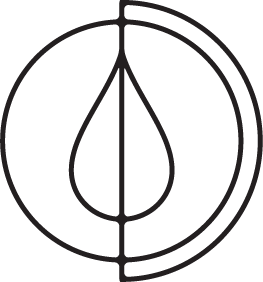

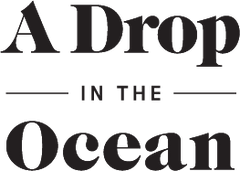



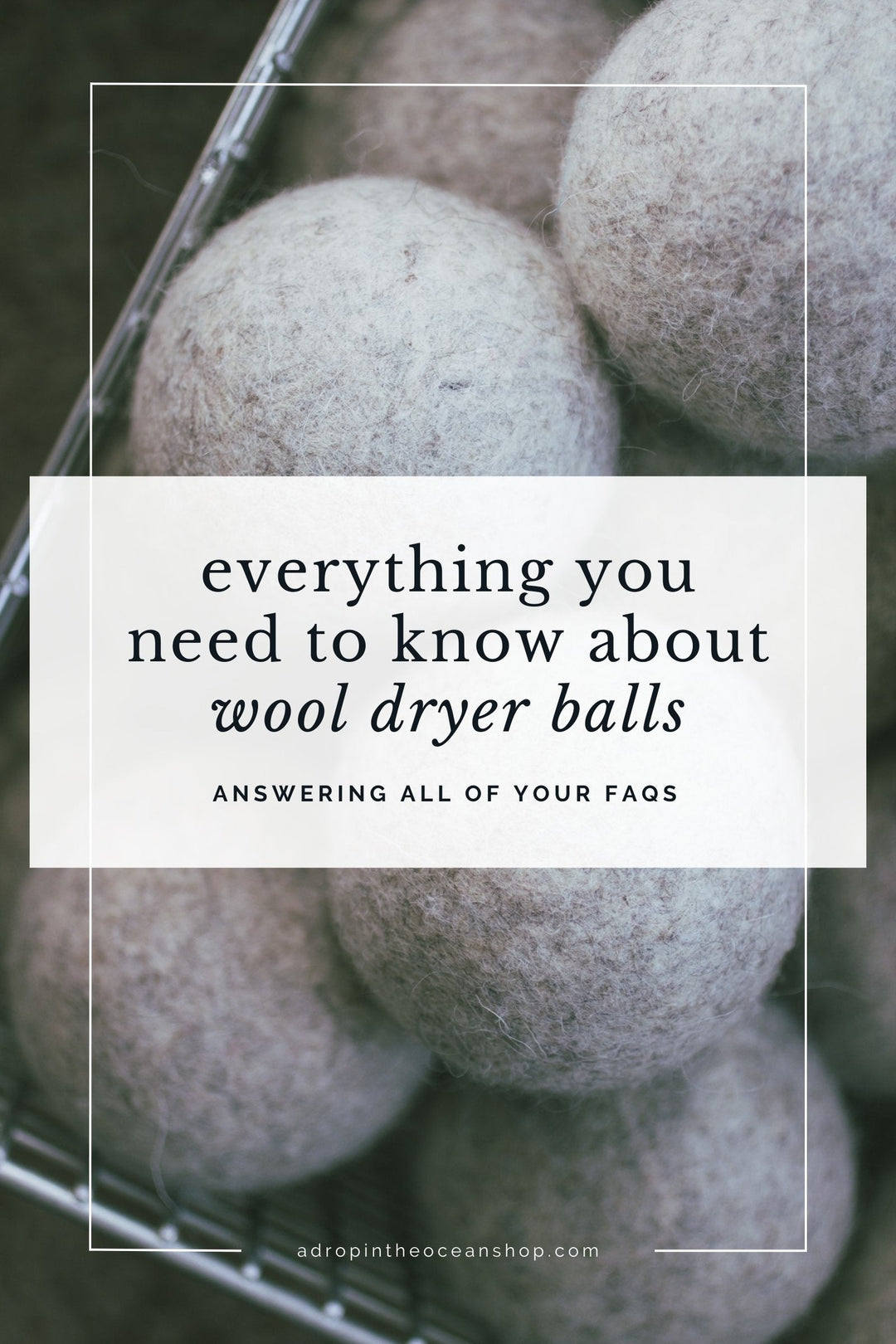

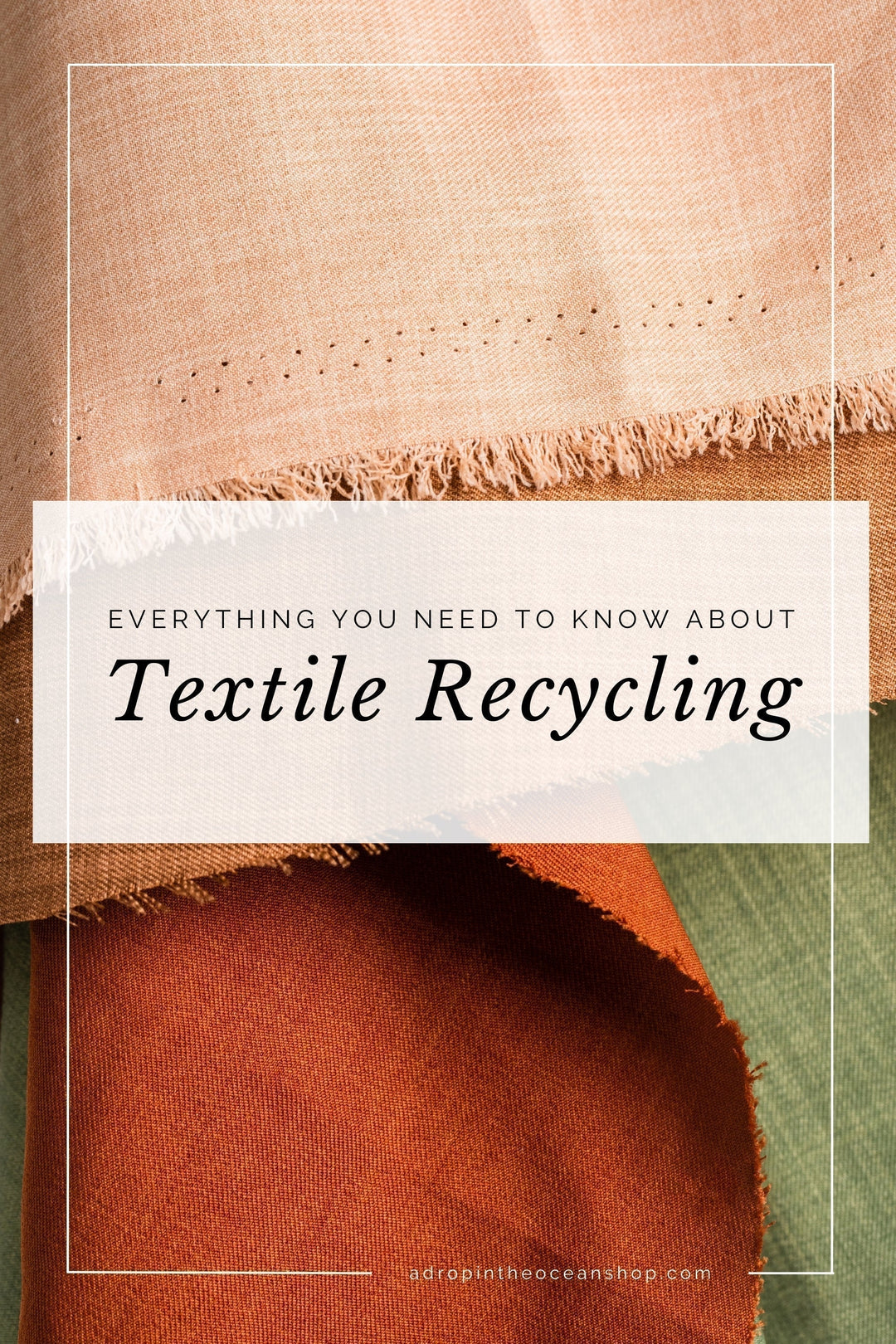
Thank you for this detailed and powerful guide. It’s shocking to learn the environmental and human costs behind gold, silver, and diamond mining. The breakdown of ethical and sustainable alternatives, especially the spotlight on brands doing it right, is incredibly helpful. This kind of transparency and awareness is exactly what we need to make better, informed choices. A truly impactful read.
Leave a comment